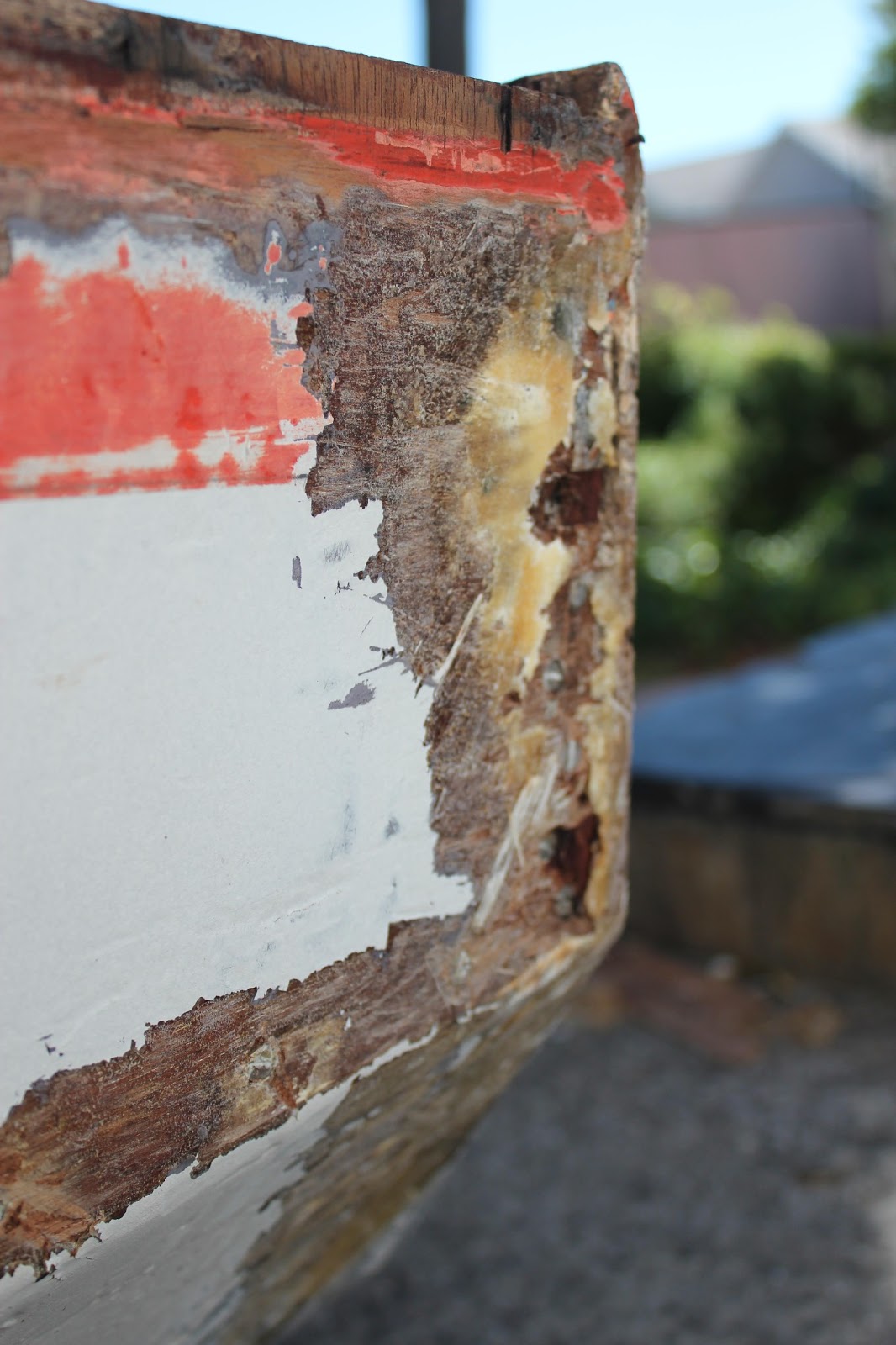TRANSOM II
WITH A LITTLE HELP FROM MY FRIENDS
Due to the encouragement and help I have received from Wayfarers around the world, I decided to forge ahead with the restoration no matter what, as nothing worthwhile doing is ever easy
Going forward.
In the process of trying to make the decision of whether to continue a complete rebuild, or not.! I reached out for help to the UK Wayfarer, Wayfarer International and Wayfarer Canada Associations. The response I received was overwhelming, especially Uncle Al, from both the above, who put the word out regarding my dilemma of finding the necessary dimensions for the transom and buoyancy bulkhead.
After numerous conversations by Email, with a number of very enthusiastic wayfarer owners, I received a lot of very helpful advice and great photos from Dave Hansman of his restoration project and of his boat sailing, to keep me focused on the end product. Also some unofficial measurements and drawing of a Wooden Wayfarer transom from Kit Wallace, member of the Wayfarer Assoc. Canada. These measurements were then compared to ascertain whether they fall within the Wayfarer class measurement rules, which they did.
The existing transom, taken as a template directly from the boat. .
After lofting the new measurements to full size, I compared it, insitu on my Wayfarer, and is quite different to the transom of my boat
The new template was lined up to the centreline of the hull and level to where the sheer ends. The existing transom is below where it should be and the keel line is off centre. I think that this is the result of the absent inner keel and hence the hogging of the hull aft. In addition, it would have been impossible to replace the bottom planks in the stern of the boat without accurate frame sections aft of the midships floor and the aft buoyancy bulkhead, which is crucial for retaining the shape of the hull aft.
To find out from where the bottom planking was replaced, I removed paint from the transom forward and as far as the middle of the centreboard case, to where there is a butt joint. The wood is in a almost new condition.
I think that the boat was neglected for years in someone`s back yard with water in it. The bottom, hog, buoyancy locker bulkhead and transom was probably unserviceable.
I had another look at the trim of the panels aft and compared them to the drawing, they are definitely to length as the holes for the transom frame are all there and the new transom has been bonded to the outside with epoxy and f/glass cloth.
- The only way to correct the hull asymmetrically is to revise my project to do list:
- Repair the port side upper chine planking
- Replace the port side gunwale.
- Frame up and support the crucial frame areas such as the buoyancy bulkhead and transom.
- Turn the hull upside down.
- Remove the existing bottom planking.
- Remove the outer keel.
- Re-establish the correct centreline of the hull.
- Align the stringers along the hull to the correct position aft
- Replace or scarph in a new hog.
- Replace the bottom planking
- Seal and paint the bottom of the hull.
Acknowledgements
My grateful thanks are due to all the friends, from all the the Wayfarer Associations listed on the links section, without whom this restoration project would have become just another wooden boat repair, rather than being a fully restored Wayfarer.
I know now, that the only way forward no matter how, is that this boat will be a Wayfarer, as close as it gets.





































